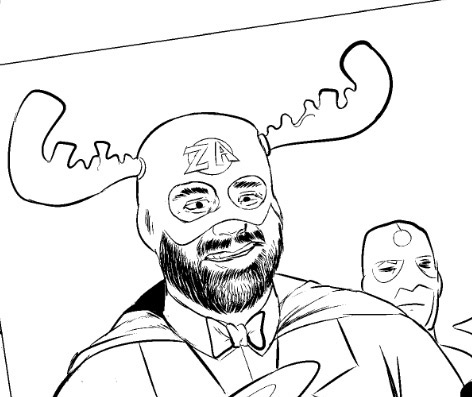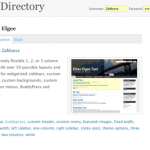Little-known Egyptology/Travel Fact of the Day:
Archaeologists have long thought that Egyptian mummies were ancient Egyptians’ attempts at conveying their (rich) loved ones into the afterlife. After several intensive hours of study, I have come to the conclusion that several hundred years’ worth of archaeologists and Egyptologists were, in fact, wrong. Mummies were not dead rich Egyptians; rather, they were the world’s first airline passengers.
Those flying Pharoah’s United Kingdom Airline (or its value-priced sister airline, Ted) were subjected to dessicatingly dry air, fierce changes in pressure and a constant diet of dried fruits and crackers, which often resulted in passengers reaching their destinations as little more than husks of their former selves. Much of this technology has persisted to this very day, as anyone who has flown on a major air carrier can attest. And, while historians have long argued that Egyptians removed the vital organs of mummies in order to preserve them, recent findings would suggest that the organs were in fact removed by passengers themselves in order to make their way through the Egyptian Transportation Safety Administration (ETSA) security checks. Fortunately, scanning technologies have advanced to significant enough of a degree that passengers are no longer required to remove their own heart and lungs in order to board an airplane.
I hope that those responsible for propagating incorrect historical conjectures will correct their theories soon, as continued confusion in the archaeological world might result, should they decline to do so.





At least back then they had plenty of food and blankets…
AND NO YOU DON’T GET A PILLOW!!
I assume then that it follows that the ancient practice of foot binding was also a relic of the air travel industry. How else would you get both your feet and the one small carry-on in the same space.